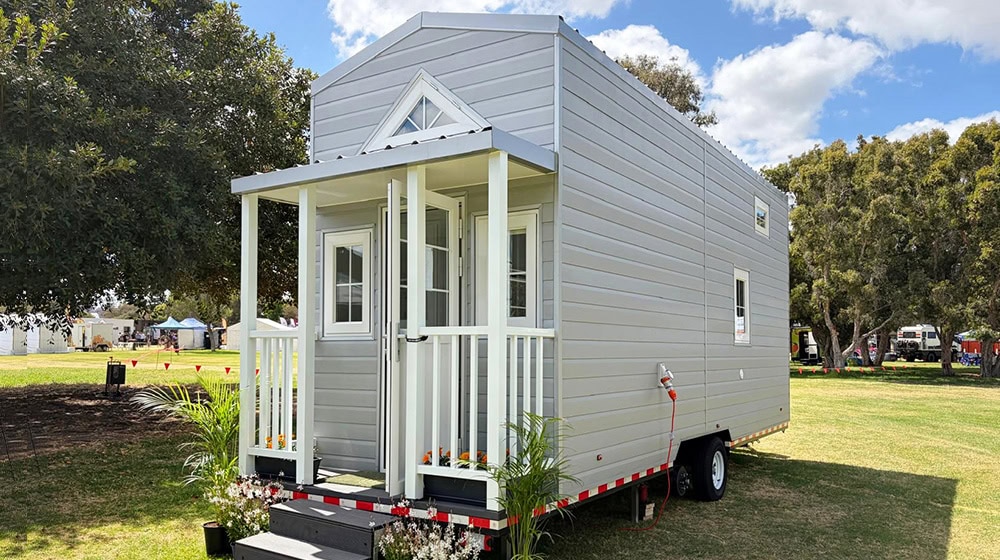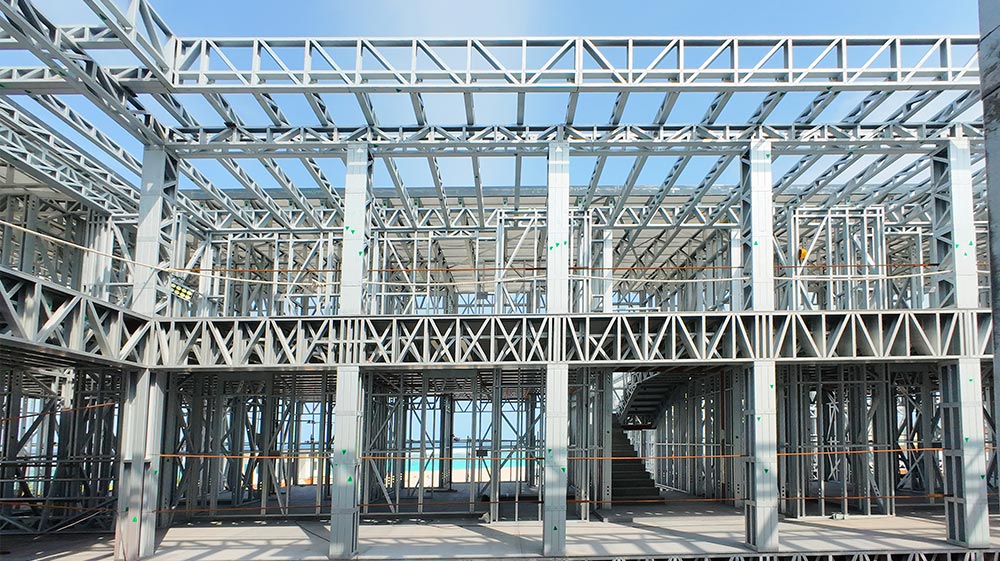Australians are increasingly burdened by the rising costs of living, particularly in the housing market. The National Cabinet is considering the issue, particularly the rental market, cautioning against short-term fixes. The core issue is a lack of supply, exacerbated by factors like rising interest rates and insufficient building approvals. While rent controls are proposed, they may deter investment, further constricting supply. Solutions include boosting the construction of affordable rentals and avoiding policies that hinder housing quality. Collaboration and investment in building and construction are essential for easing the crisis, emphasizing the need to maintain momentum in housing initiatives and avoid politicizing housing challenges. The emphasis is on removing supply constraints to make housing more affordable.
Millions in Australia are under stress due to escalating living costs, especially within the housing sector. As the National Cabinet focuses on housing this week, especially rentals, there’s a warning against short-term fixes that could worsen affordability issues. Housing debates, once simmering, are now at a crisis point, with a significant supply shortage across the board. Contributing factors include higher interest rates, inflation, increased migration, and low building approvals. The construction sector’s downturn, highlighted by a drop in new home and high-density building approvals, underscores the persistent supply issue.

The scarcity in high-density housing, essential for renters, is exacerbating rental market pressures, with rental inflation reaching a 14-year peak. Rent increases of 6.3% up to June 2023 starkly contrast the previous decline in average rents. Historically, rent spikes were observed in 1975, 1988, and 2008. While action is necessary to tackle the housing crisis, rent controls may not be the ideal solution, as they can deter investment and reduce the availability and quality of rental properties. The 2010s demonstrated that sufficient new high-density construction can alleviate rental pressures, even with high migration levels.
Over that decade, average higher density home starts were 82,300, with activity peaking at 114,000 starts in 2016. Over the year to March 2023, work began on less than 65,000 new homes in this category. This needs to change course.
We need to get as many low-cost rental premises into the market as possible and avoid interventions that restrict housing quality and supply.
For those who rely on affordable rental properties, the availability of these homes can make a substantial difference in their quality of life.
Demonising migration when the country is crying out for more workers, around half a million new workers in building and construction alone, will not solve the housing crisis.
Rental controls while well-intentioned to protect vulnerable renters in the short-term, prolongs the problem and will not solve the housing crisis.
These measures fail to consider the complex dynamics of the market and the unintended consequences they can bring.
Those who depend on affordable housing deserve solutions that genuinely address their needs and do not inadvertently exacerbate the situation.
Our focus to solving the housing crisis is two-fold, getting inflation back under control which will ease interest rates and fostering an environment conducive to investment and development.
This ultimately takes pressure off mortgage holders and rental prices.
Master Builders Australia firmly believes the solution is working collaboratively with the building and construction industry to remove impediments and incentivise growth by making it easier for new projects to get the green light.
This can be done by kickstarting private investment and reducing the cost of building homes through better approaches to planning, reducing backlogs, minimising taxes and charges, and improving productivity in the industry by simplifying building regulations and the industrial relations environment.
Last year’s Housing Accord saw significant steps made by federal, state and territory governments with targeted initiatives towards social and affordable housing where rental stress is generally worst.
But the momentum cannot be lost.
The political barrier of passing the Housing Australia Future Fund and other housing supply legislation is holding back these targeted efforts.
We cannot afford to play politics with the lives of many Australians who are struggling with housing costs eating away at an increasing share of their income.
It is vital the National Cabinet agrees this week to remove supply constraints agreed to under the Accord – unlocking the door to housing affordability hinges on supply.
By taking an evidence-based approach, we can pave the way for a sustainable solution that not only addresses the housing crisis and pain felt by Australians but also ensures the long-term health of the housing market.



